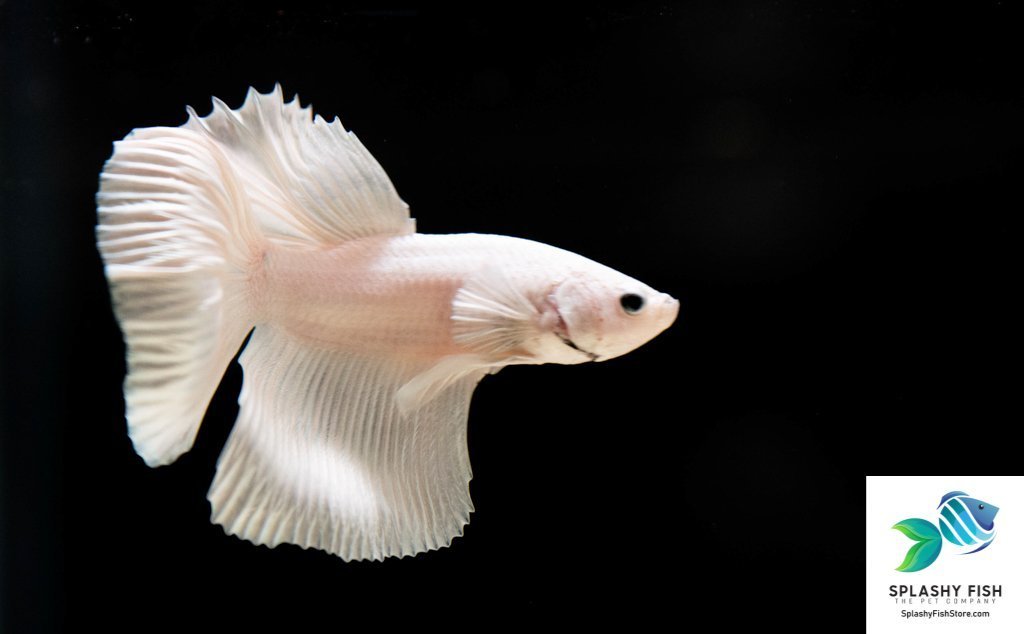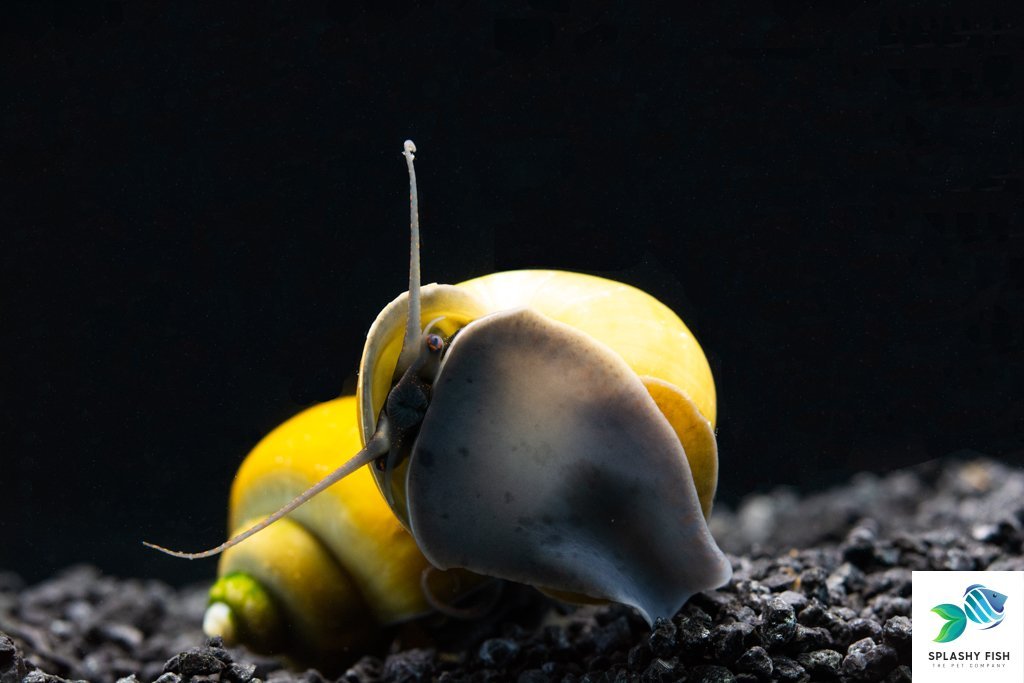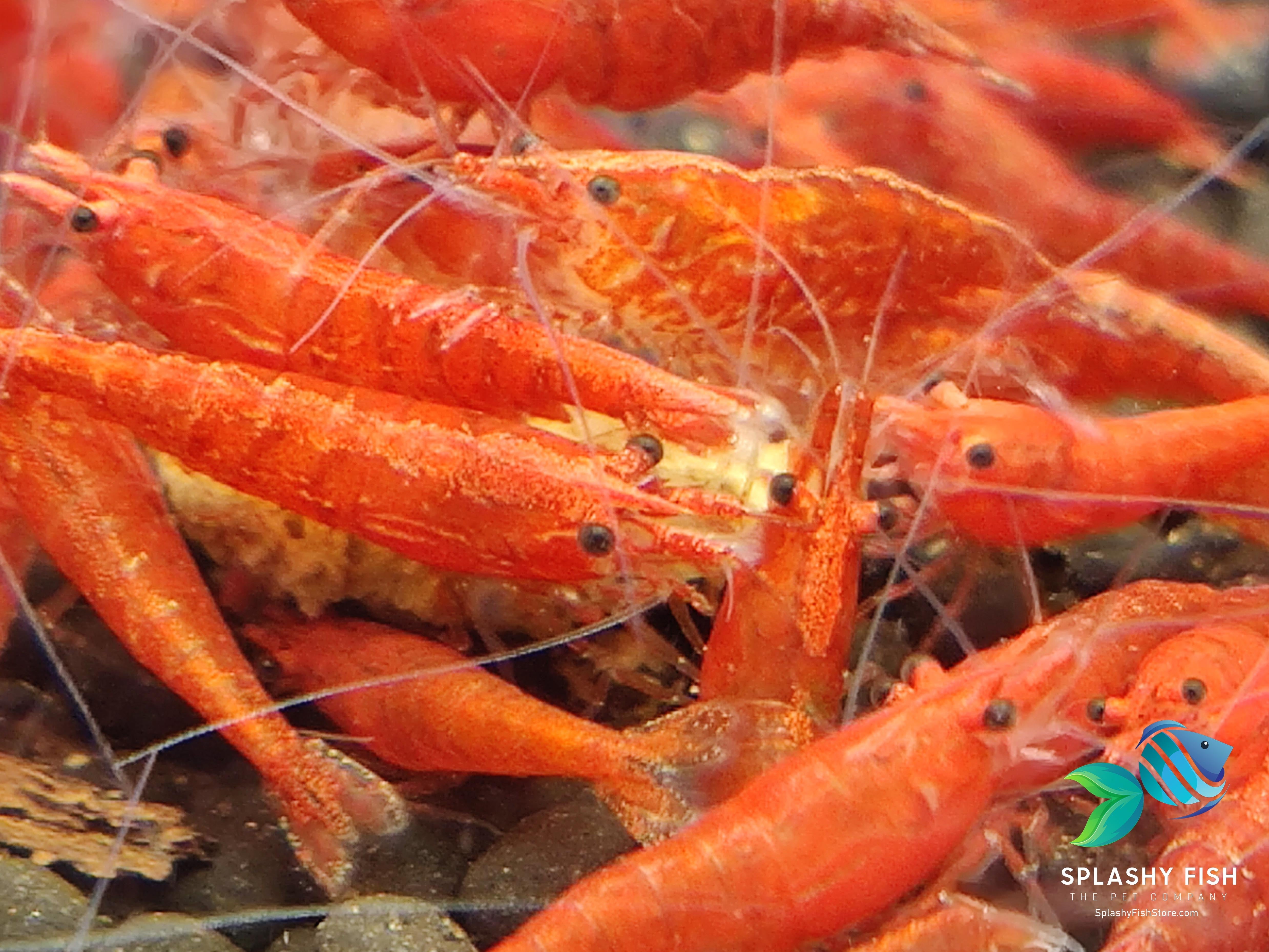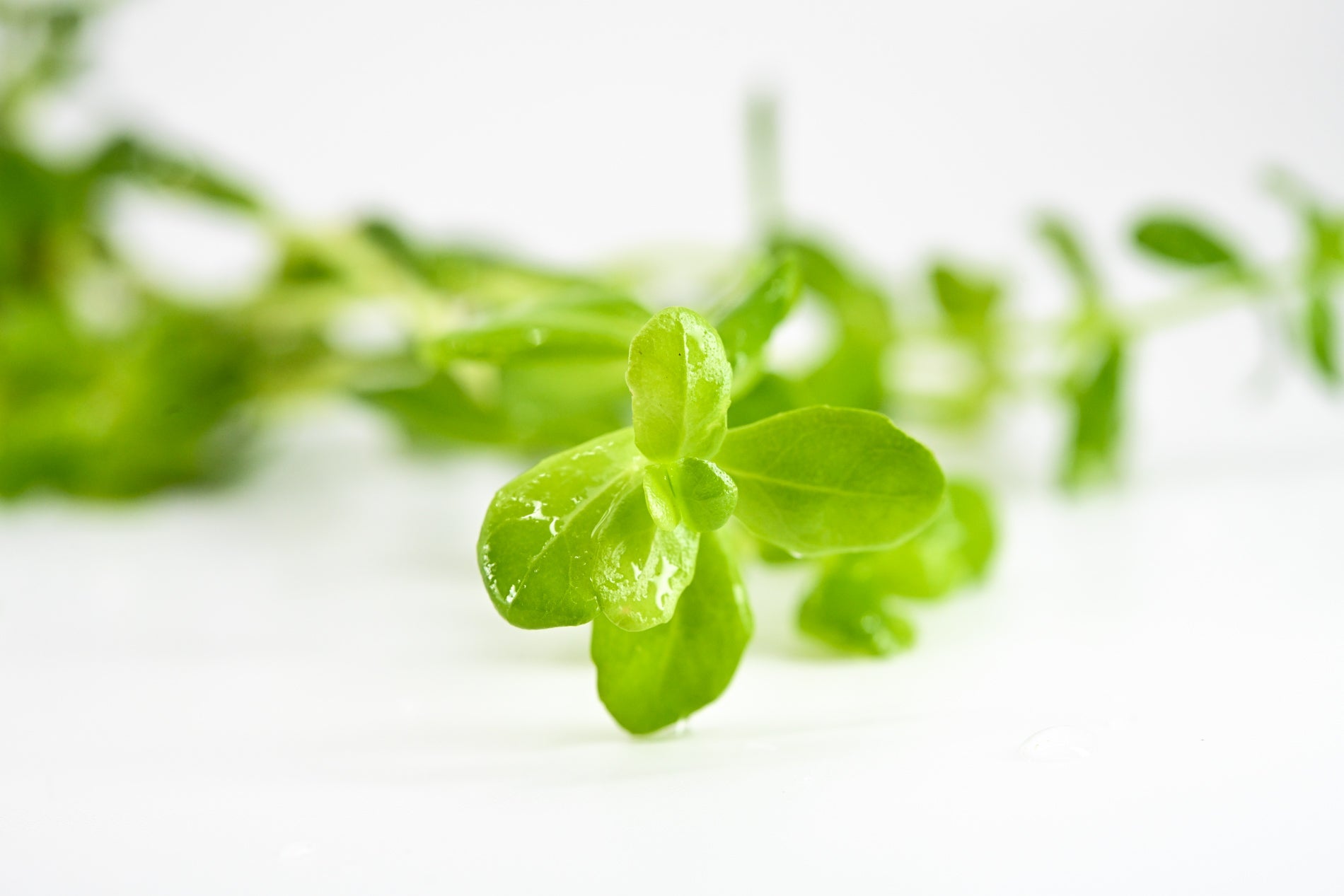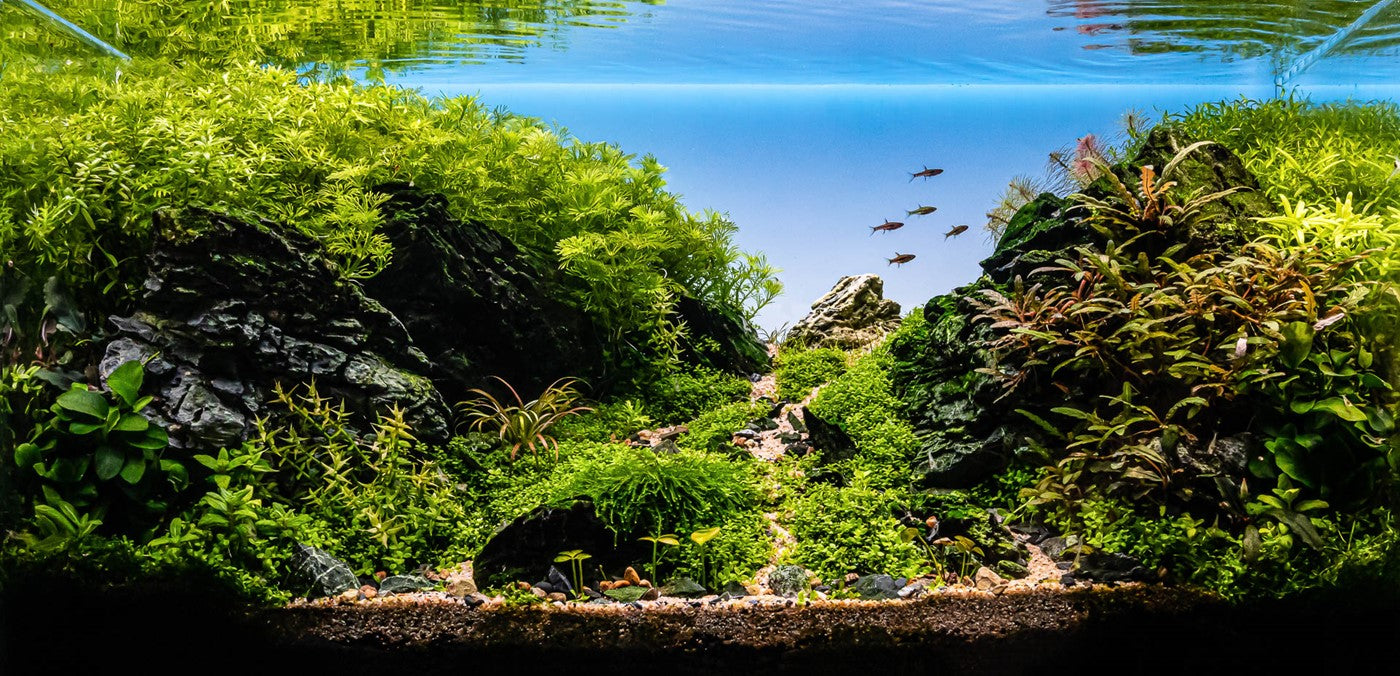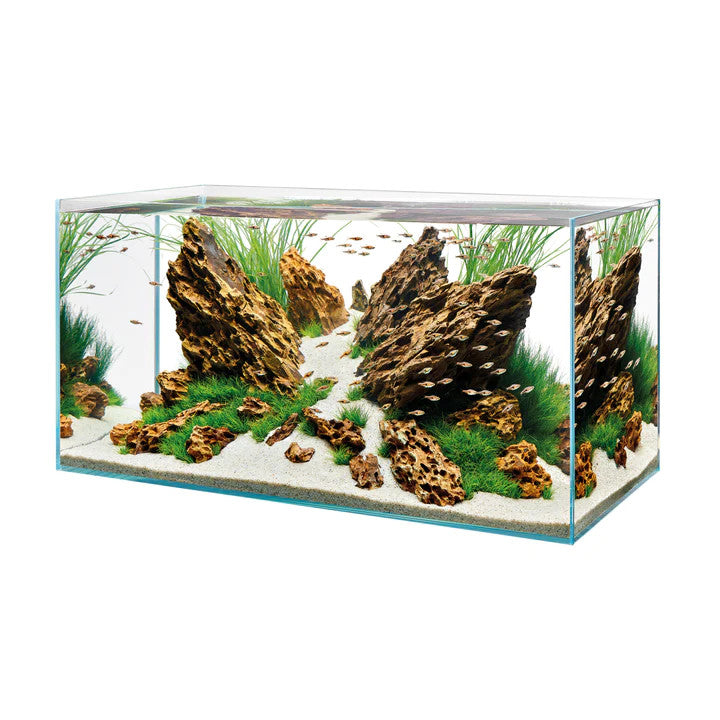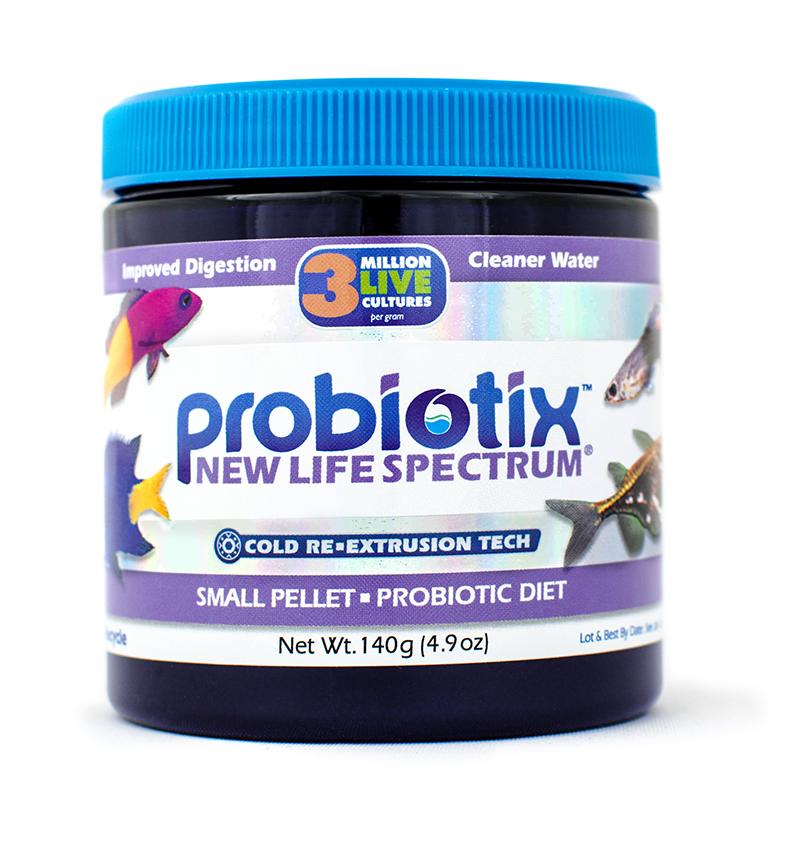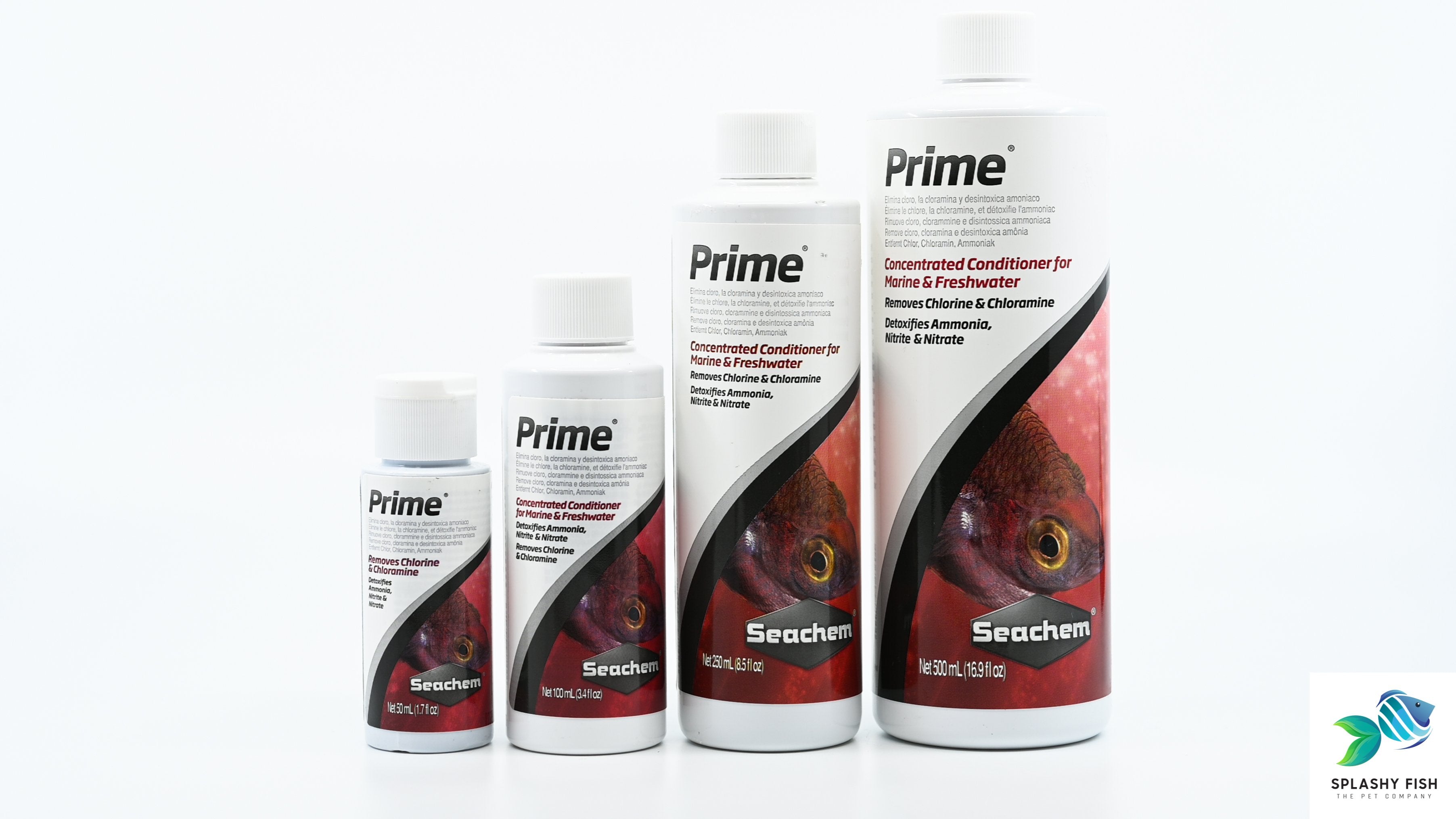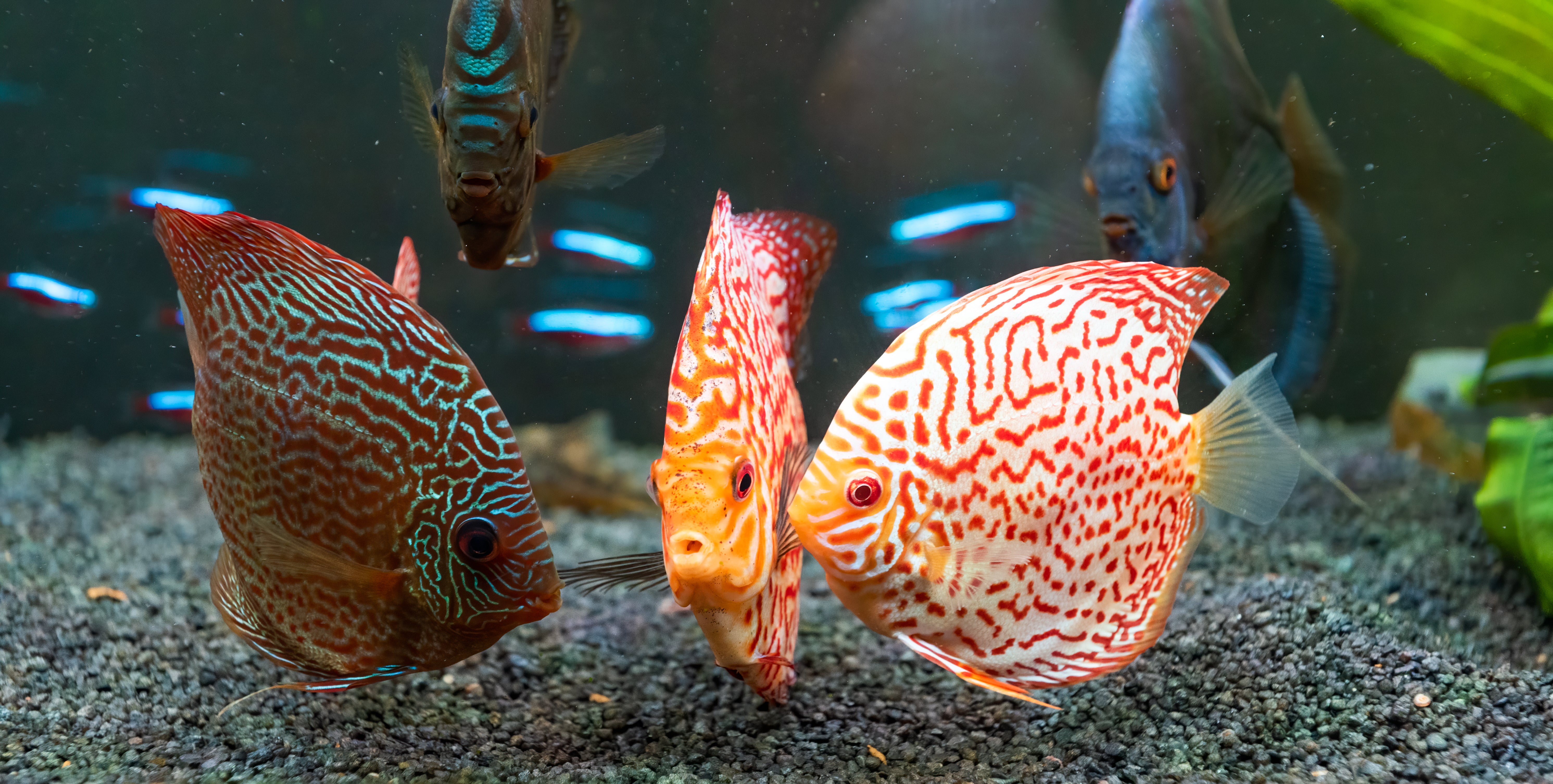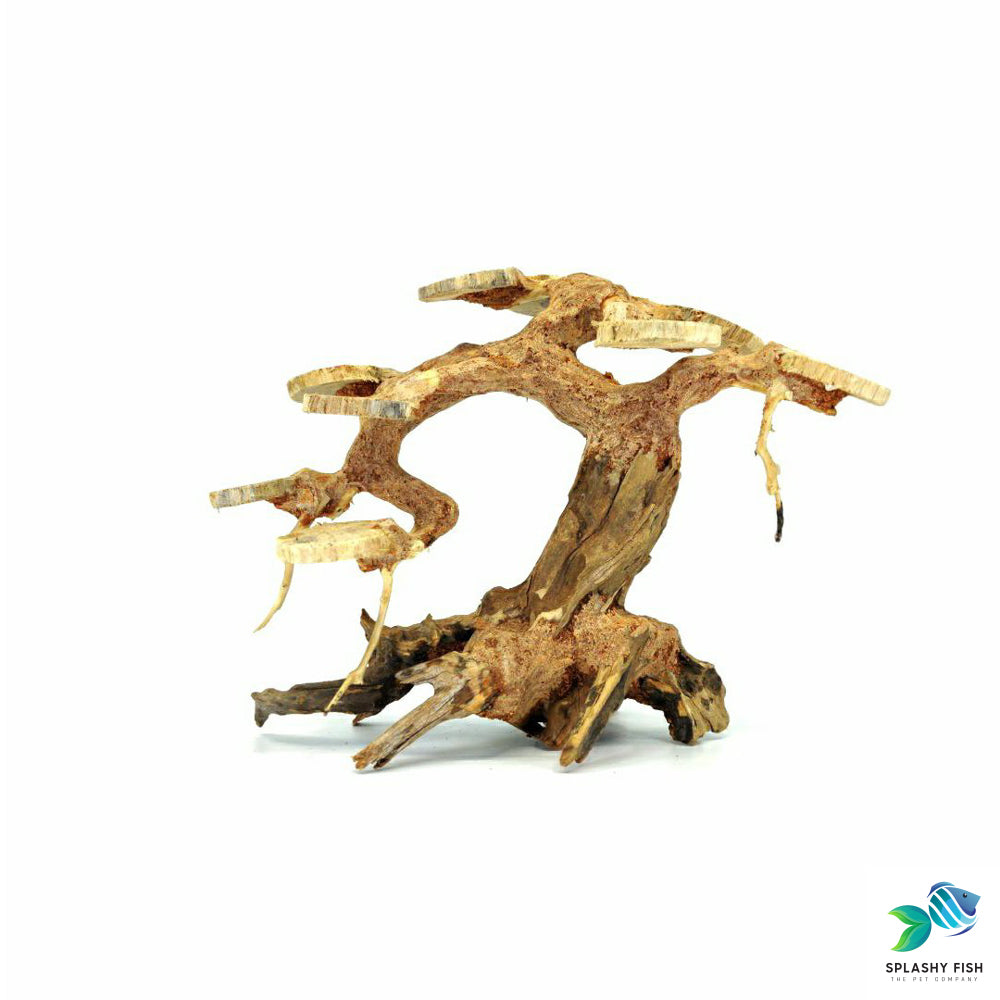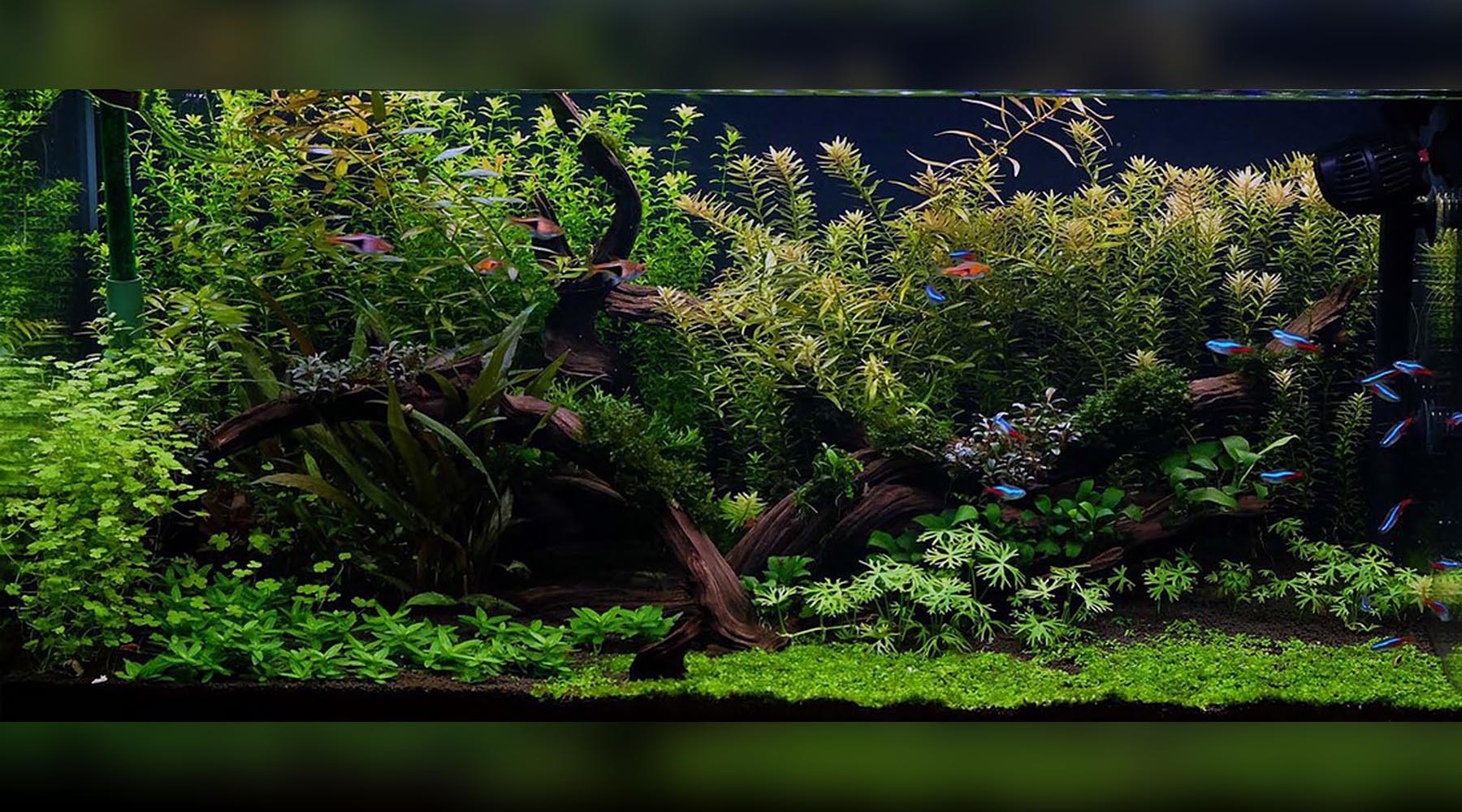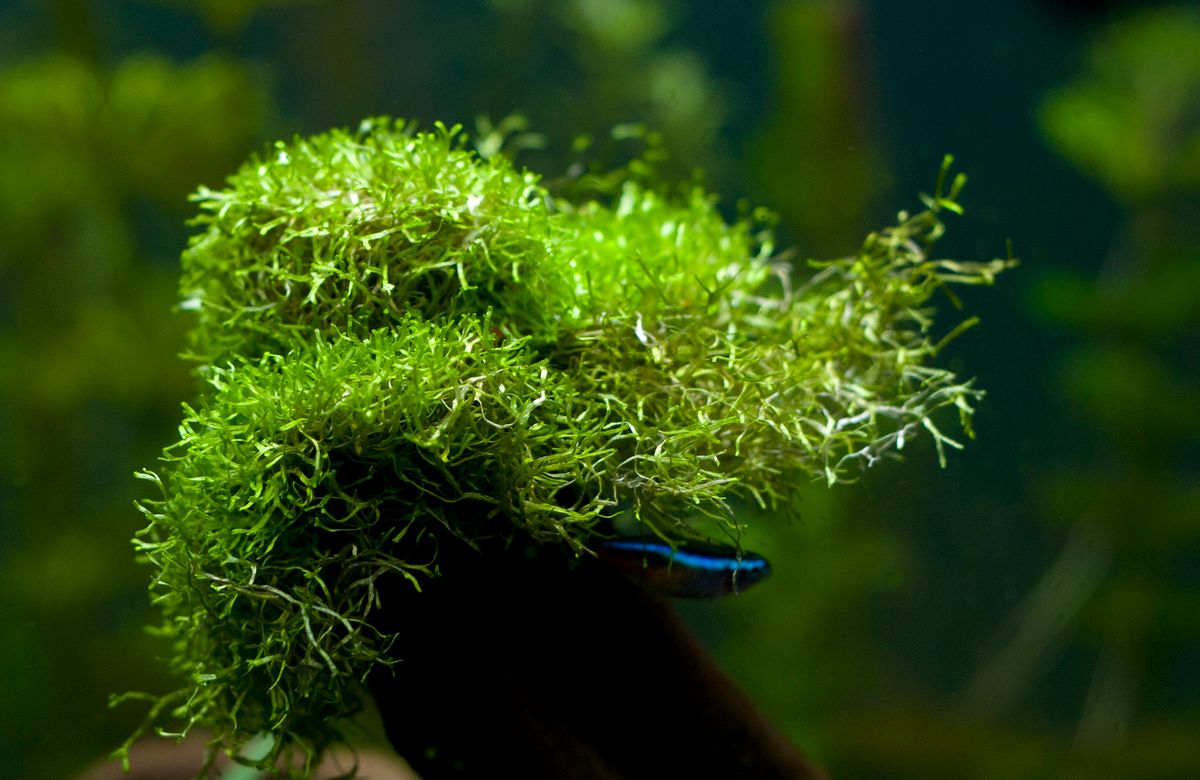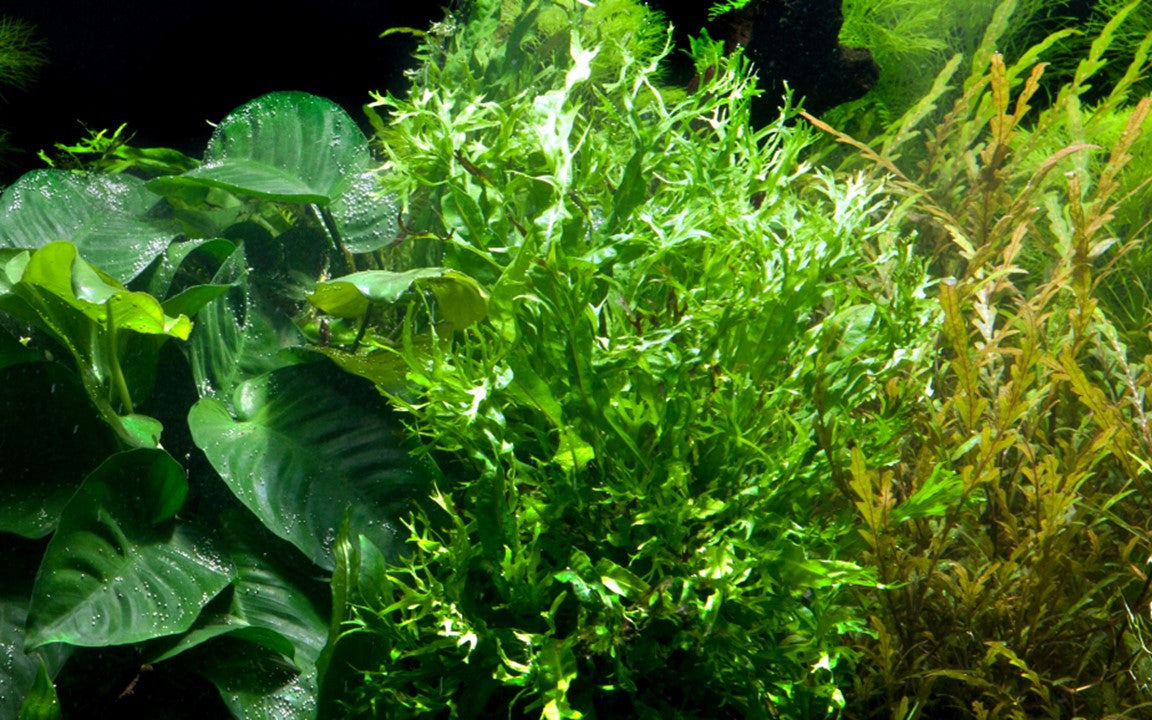3 Common Aquarium Substrates: Gravel, Sand and Soil
The substrate refers to the ground material covering the bottom of the aquarium. There are many reasons why substrate becomes an essential part of an aquarium. A substrate not only enhances the look of your aquarium but also creates a more natural environment for your fish that makes them feel safer, provides nutrients for the aquatic live plants and acts as a home for beneficial bacteria.
However, every aquarium has different types of fish and plants that will affect your substrate choice. In other words, there is no best substrate for all. In specific situations, your aquarium needs one substrate; sometimes, multiple substrates are necessary. Therefore, choosing the right type of substrate for both functional and aesthetic requirements right at the beginning is very important. Deciding which one to use depends on what kind of fish and plants you will put in your tank and other considerations. This article will go over the pros and cons of the three main types of substrates: gravel, sand, and soil, to help you decide which one is the best for your aquarium. Let's find out together!
Do you always need substrate in a fish tank?
Before we go into details of different aquarium substrates, we should understand that not all fish tanks require a substrate. With an aquarium that focuses on keeping the water clean to ensure the fish’s health or breeding purposes, a bare-bottom tank will be a better choice. The most significant advantage of aquariums without aquarium substrate is that they are simple to set up and easy to clean. Fish waste and leftover food are not stuck in the substrate and can be removed easily.
However, except for a few specific cases, adding substrate to the aquarium benefits your fish and other aquarium live plants, which we will discuss shortly.
1. Gravel

(Picture of Eco-Complete gravel substrate)
Gravel is rock that comes in many different sizes and types, from tiny pebbles to small river stones. Beginners usually choose gravel for its reasonable price, diverse styles and colors to add a beautiful aesthetic to the fish tank.
Gravel is the most suitable substrate for freshwater aquariums. The spaces between the stones allow water to flow through them, helping to prevent the growth of bacteria in the substrate, but at the same time, uneaten food and fish waste can also fall into these spaces. Therefore, cleaning the dirt with a vacuum during routine maintenance is necessary.
In addition, the gravel substrate is heavy enough to avoid getting pulled into the aquarium filters or sucked up by a vacuum during the cleaning process. Live aquarium plants can be planted into gravel. Its heavy weight helps to anchor the plants down, and the looseness of gravel makes it easy for plant roots to spread throughout the bottom of the aquarium.
With a full planted tank, gravel is not the best substrate because it does not provide minerals and nutrients for plants to develop – a thing that soil substrate can do better. However, several plants can still grow well in gravel, including Amazon Sword, Cryptocoryne Wendtii, Java fern, Anubias, Vallisneria, Bucephalandra, Waterweeds.
You should avoid using gravel substrate with sharp or rough edges because it can be hazardous to bottom-feeding fish looking for food between these stones.
When setting up your tank, make sure to use the right amount of gravel. Small to medium aquariums should have 2-3 inches of gravel and 3-4 inches of gravel for larger aquariums. This substrate does not need to be changed regularly but should be swapped out when it becomes slimy or muddy.
2.Sand
(Picture of sand substrate)
Aquarium Sand is considered the most natural substrate because the living environment of most aquarium fish has sand. Many people choose sand as a substrate to make their fish tank more natural and better for maintaining fish’s natural habitats.
Sand doesn’t have a great variety of styles as gravel, you can only find a few different colors, such as black, white or light pink, but it’s enough to build a beautiful natural look for your fish tank.
Since sand is very fine and there's no gap between each grain, leftover food and fish waste will be kept on top of the substrate rather than sinking to the bottom. This feature makes sand the easiest substrate to clean by simply using a siphon to collect the trash. The packed sand substrate needs to be changed less frequently, making it a very convenient substrate. However, because water can not flow through the sand particles as gravel does, there is no oxygen exchange, and these areas can be a home for harmful bacteria.
While gravel substrate can be dangerous for bottom-feeding fish, sand substrate with extra fine and soft particles is ideal for marine species that prefer to stay close to the bottom or fish with a soft body.
However, sand is easily sucked into the vacuum with other trash during the cleaning, so you should be careful when siphoning. Sand can also get sucked into the filters of fish tanks which may damage the equipment. While changing the water for your tank, make sure to pour water into the aquarium not too strong unless you can make sand fly around in the water.
Like gravel, sand doesn’t provide the nutrients that live aquarium plants need to grow. Plant roots are difficult to grow and spread out through this substrate. Sand substrate is also not tough enough to anchor the plants. Therefore, it is not a good option for a planted aquarium.
3.Soil

(Picture of Tropica aquarium soil)
Aquarium soil is the recommended substrate for planted aquariums. Rich in nutrients and organic acids, aqua soil release nutrients into the aquarium water, providing essential nutrients for both plant development and fish. This substrate is especially suitable for carpet plants. Aquarium soil ensures active growth and helps carpet plants grow fast. All you need to do is spread the seeds amongst the substrate and let aqua soil handle the rest.
Since it’s an active bottom layer, aquarium soil helps to improve water quality. By neutralizing the water’s pH balance to an ideal level of under 7 and making the water softer, it creates a better environment for most tropical fish and shrimp. However, this altered water parameter may not fit species of fish that prefer harder water and need more minerals.
Unlike gravel, soil does not have various types. It usually comes in a few sizes and natural colors. Depending on using purpose, aquarium soil can perform as a complete bottom layer or as an entire substrate and combine with a layer of sand or gravel on the top.
Water can flow through the surface of soil and help to create more space for positive bacterial growth. However, because of the high nutrient content, some kinds of aquarium soil can cause ammonia spikes when first added into the aquarium. Ammonia is toxic for the inhabitants in your tank and promotes the growth of algae – a thing that no one wants to appear in their fish tanks. To solve this issue, partial water change is an efficient way of reducing ammonia levels and maintaining a clean tank for your fish.
Besides many significant advantages, there are also some disadvantages. Nutrients in the soil get exhausted after one or two years, so you will need to add root tabs, which act like fertilizers to improve the soil quality. Soil can become messy and create muddy water if it’s disturbed by naughty fish. Unlike sand and gravel, the price of soil-based substrates can be high, especially when you have to replace them every couple of years.
To calculate the amount of soil your aquatic plants need, you need to look at 2 key factors: the size and the type of your aquarium. It’s recommended to keep a substrate depth of around 3-5 cm for freshwater aquariums and 4-7.5 cm for planted aquariums.
Conclusion
We went through the pros and cons of 3 common substrates that you should know before starting your new fish tanks. Depending on each aquarium type and requirement, the choice will be different. Remember that it’s common to combine multiple substrates into an aquarium. A layer of sand brings a bright look to your tank, plus aqua soil can help to provide nutrients to grow your plants. Or placing a layer of colorful gravel on the surface can keep the soil substrate below not become messy and give your tank a beautiful look. So, be free to use these substrates and enjoy the result of your hard work.


